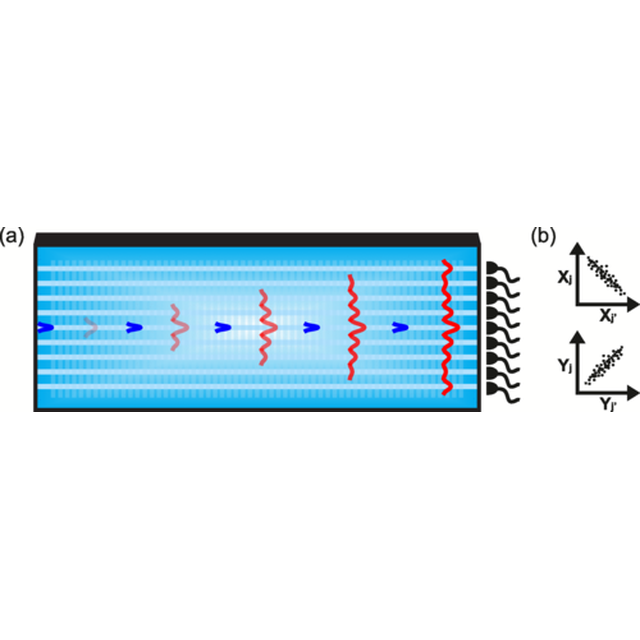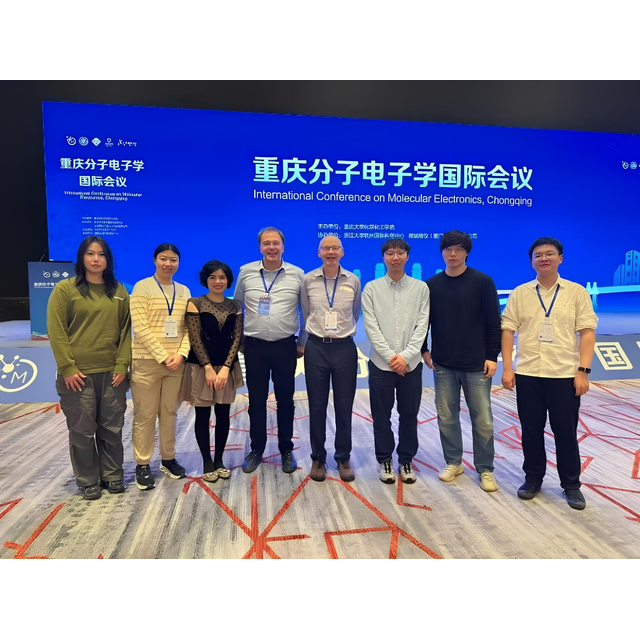Abstract
In the current quest for efficient and experimentally feasible platforms for implementation of multimode squeezing and entanglement in the continuous variable regime, we underpin and complement our results on the generation of versatile multimode entanglement and cluster states in nonlinear waveguide arrays presented by Barral et al., arXiv:1912.11154 [Phys. Rev. Appl. (to be published)]. We present detailed derivations of the equations that describe the propagation of light through this system, and then we focus on parameter regimes where these equations can be solved analytically. These analytical solutions build an intuition for the wide landscape of quantum states that are accessible through the activation of pumping, coupling, and measurement schemes. Furthermore, we showcase the acquired insights by using one of the identified analytical solutions to exhibit the generation, optimization, and scalability of spatial linear cluster states.
View the article : https://journals.aps.org/pra/abstract/10.1103/PhysRevA.102.043706
Reference
David Barral1,*, Mattia Walschaers2, Kamel Bencheikh1, Valentina Parigi2, Juan Ariel Levenson1, Nicolas Treps2, and Nadia Belabas1,†
- 1Centre de Nanosciences et de Nanotechnologies C2N, CNRS, Université Paris-Saclay, 10 boulevard Thomas Gobert, Palaiseau 91120, France
- 2Laboratoire Kastler Brossel, Sorbonne Université, CNRS, ENS-PSL Research University, Collège de France, 4 place Jussieu, Paris F-75252, France
Contact C2N :
- nadia.belabas@universite-paris-saclay.fr
Figure
(a) Sketch of an array of nonlinear waveguides based on a PPLN waveguide array made up of nine waveguides working in a SPDC configuration pumping the central waveguide. Propagating pump field in blue. Evanescently coupled SPDC signal fields in red. Quantum noise variances and correlations are measured by multimode balanced homodyne detection. (b) Example of quadrature correlations between two individual SPDC signal modes j and j′.









